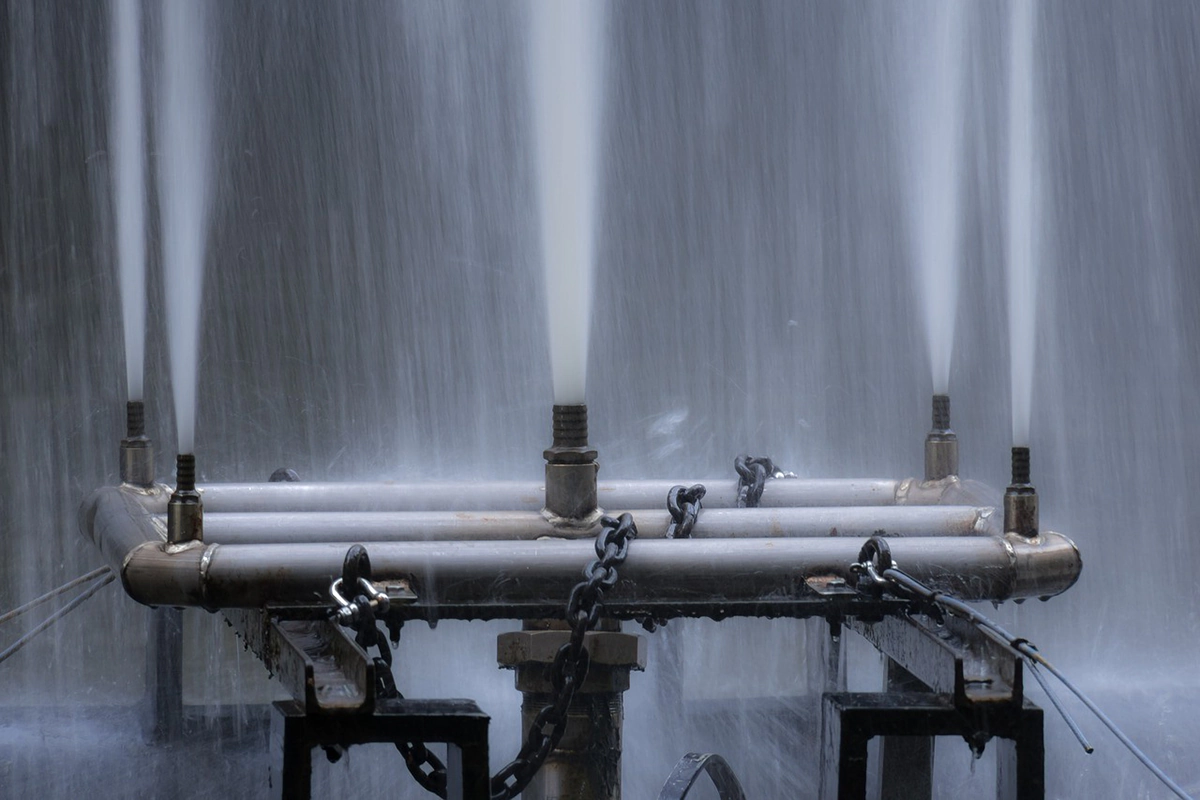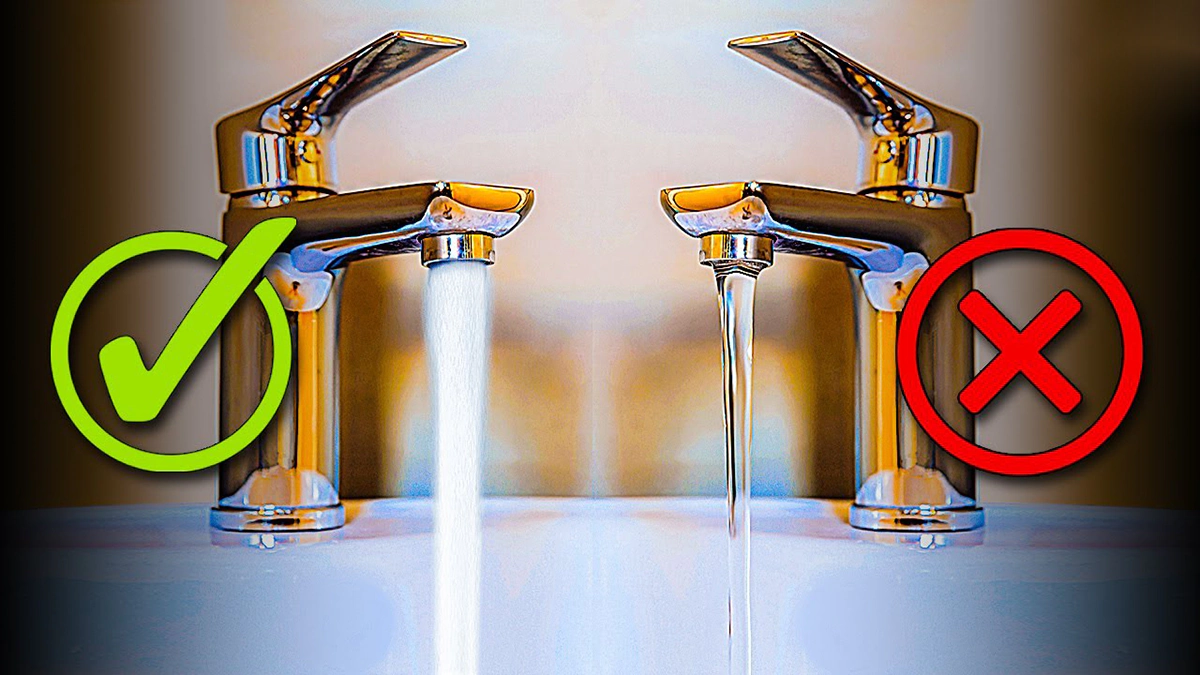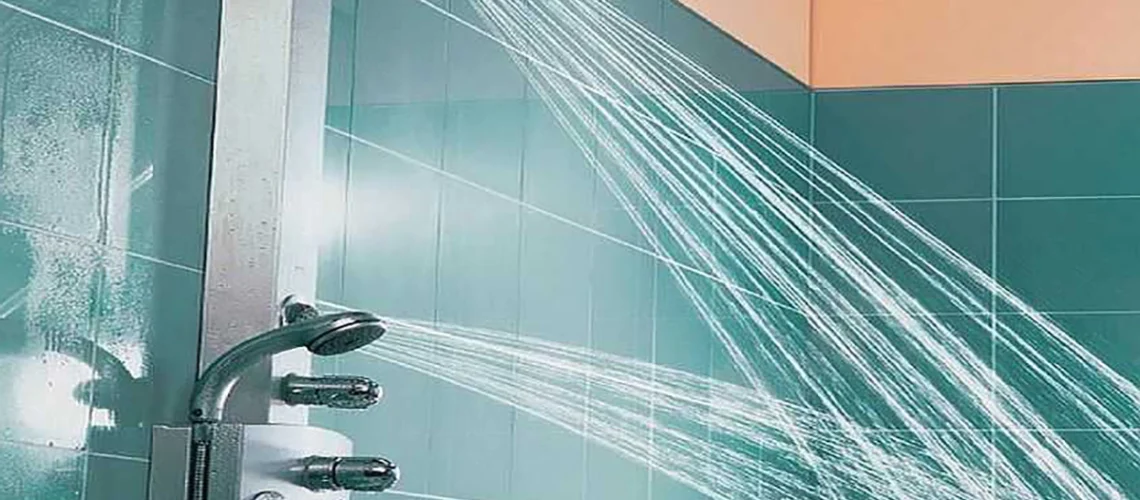Water pressure that’s too high might seem like a luxury, but it can actually cause serious damage to your home’s plumbing system. While strong water flow feels satisfying during showers, excessive pressure puts tremendous stress on pipes, fixtures, and appliances, leading to costly repairs and premature replacements.
Contents
- 1 Understanding Water Pressure Basics
- 2 Common Causes of High Water Pressure
- 3 Damage to Pipes and Joints
- 4 Fixture and Appliance Problems
- 5 Water Waste and Higher Bills
- 6 Noise and Comfort Issues
- 7 Solutions and Prevention
- 8 Professional Assessment and Repair
- 9 Long-term Benefits of Pressure Control
- 10 FAQs
Understanding Water Pressure Basics
Typical household water pressure falls within the range of 40 to 60 PSI (pounds per square inch), with 50 PSI generally being optimal for most properties. When pressure exceeds 80 PSI, it’s considered excessively high and may lead to plumbing damage if not addressed promptly. Homeowners can check their water pressure using an affordable pressure gauge, commonly sold at hardware or home improvement stores.
Water pressure varies throughout the day as demand fluctuates in your neighborhood. Municipal water systems often boost pressure during peak usage hours to ensure adequate supply to all customers. Homes located at lower elevations or near water treatment facilities typically experience higher pressure due to gravity and proximity to pumping stations.
Common Causes of High Water Pressure
Municipal water systems frequently deliver water at higher pressures than necessary for individual homes. Water utilities must maintain sufficient pressure to reach upper floors of tall buildings and serve customers at various elevations, often resulting in excessive pressure for single-family homes.
Faulty pressure reducing valves represent another common culprit. These devices regulate incoming water pressure but can malfunction over time, allowing unrestricted high-pressure water to enter your plumbing system. Thermal expansion in water heaters can also create pressure spikes when heated water expands within the tank.

Damage to Pipes and Joints
High water pressure creates constant stress on pipe joints, connections, and fittings throughout your plumbing system. This continuous pressure can cause microscopic cracks that gradually worsen, eventually leading to visible leaks or catastrophic pipe failures.
Older homes with galvanized steel or copper pipes are particularly vulnerable to pressure-related damage. These materials become brittle over time, making them more susceptible to stress fractures and joint failures. Even newer PVC and PEX pipes can suffer from high pressure, though they generally handle stress better than metal alternatives.
Soldered joints in copper plumbing systems often fail under excessive pressure, creating pinhole leaks that may go unnoticed for months while causing water damage behind walls. These hidden leaks can lead to mold growth, structural damage, and expensive remediation costs.
Fixture and Appliance Problems
Faucets, toilets, and showerheads experience accelerated wear when subjected to high water pressure. Internal seals and gaskets deteriorate faster, causing drips, leaks, and operational problems. Toilet fill valves may malfunction, leading to continuous running and water waste.
Appliances connected to your water supply suffer significantly from excessive pressure. Washing machines, dishwashers, and water heaters contain delicate internal components designed for specific pressure ranges. High pressure can damage hoses, seals, and control valves, shortening appliance lifespan and voiding warranties.
Water heater tanks face particular stress from high pressure combined with thermal expansion. This combination can cause tank ruptures, flooding, and extensive property damage. Even tankless water heaters can experience component failures when operating under excessive pressure conditions.
Water Waste and Higher Bills
High water pressure increases water consumption throughout your home, even when you’re not actively using more water. Toilets may run longer to fill tanks, faucets deliver more water per minute, and small leaks become more severe under pressure.
This increased water usage translates directly to higher utility bills. The difference can be substantial, particularly in homes with multiple bathrooms or large families. Reducing water pressure often results in noticeable savings on monthly water and sewer bills.
Noise and Comfort Issues
Excessive water pressure creates various noise problems throughout your plumbing system. Water hammer occurs when fast-moving water suddenly stops, causing pipes to bang against walls and fixtures. This phenomenon can be loud enough to wake sleeping family members and indicates potentially damaging pressure conditions.
High-pressure water can make everyday tasks uncomfortable or difficult. Showers become harsh and unpleasant, handwashing becomes awkward, and delicate items may be damaged when washing dishes. Children and elderly family members may find high-pressure fixtures particularly challenging to use safely.
Solutions and Prevention
Installing a pressure reducing valve represents the most effective solution for system-wide high water pressure. These devices regulate incoming water pressure to safe levels and include gauges for monitoring. Professional installation ensures proper sizing and placement for optimal performance.
Individual fixtures can benefit from pressure-reducing adapters or flow restrictors. These inexpensive devices install easily and provide localized pressure control for specific faucets or showerheads. However, they don’t address system-wide pressure issues affecting pipes and appliances.
Regular pressure monitoring helps identify problems before they cause significant damage. Test your water pressure seasonally and after any municipal water system changes. Many plumbing professionals include pressure testing as part of routine maintenance visits.

Professional Assessment and Repair
Plumbing professionals can evaluate your entire system to identify pressure-related damage and recommend appropriate solutions. They can detect hidden leaks, assess pipe condition, and determine whether pressure reduction will prevent future problems.
Some pressure issues require coordination with your water utility company. If multiple homes in your area experience similar problems, the utility may need to adjust system pressure or install neighborhood pressure reducing equipment.
Long-term Benefits of Pressure Control
Proper water pressure control extends the lifespan of your entire plumbing system, from pipes and fixtures to major appliances. This preventive approach saves money on repairs, reduces water waste, and prevents water damage to your home.
Maintaining appropriate water pressure also improves daily comfort and convenience while protecting your investment in plumbing fixtures and water-using appliances. The relatively small cost of pressure control systems pays dividends through reduced maintenance and longer equipment life.
FAQs
You can test your water pressure using an inexpensive pressure gauge from any hardware store. Simply screw it onto an outdoor spigot or washing machine connection and turn on the water. Normal pressure should read 40-60 PSI, with 50 PSI being ideal. Pressure above 80 PSI is dangerously high. Other warning signs include banging pipes (water hammer), frequent faucet drips, running toilets, shortened appliance lifespans, and unusually strong water flow from fixtures. If multiple fixtures develop problems simultaneously, high pressure is likely the culprit.
The most common cause is municipal water systems that deliver water at higher pressures than needed for individual homes. Water utilities must maintain enough pressure to serve tall buildings and customers at various elevations, often resulting in excessive pressure for single-family homes. Other causes include faulty or missing pressure reducing valves, thermal expansion from water heaters, and location factors like living at lower elevations or near water treatment facilities. Sometimes pressure reducing valves malfunction over time, allowing unrestricted high-pressure water into your system.
Yes, high water pressure can cause significant damage to appliances and fixtures. Washing machines, dishwashers, and water heaters contain delicate components designed for specific pressure ranges. Excessive pressure can damage internal hoses, seals, and control valves, shortening appliance lifespan and potentially voiding warranties. Faucets and toilets experience accelerated wear of internal seals and gaskets, leading to drips and operational problems. Water heater tanks face particular stress from high pressure combined with thermal expansion, which can cause tank ruptures and flooding.
Absolutely. High water pressure increases water consumption throughout your home, even when you’re not intentionally using more water. Toilets run longer to fill tanks, faucets deliver more water per minute, and small leaks become more severe under pressure. This increased usage translates directly to higher monthly water and sewer bills. The difference can be substantial, especially in homes with multiple bathrooms or large families. Many homeowners notice significant savings on their utility bills after installing pressure reducing valves.
Installing a pressure reducing valve (PRV) is the most effective solution for system-wide high water pressure. These devices regulate incoming water pressure to safe levels and typically include pressure gauges for monitoring. Professional installation ensures proper sizing and placement for optimal performance. For localized issues, individual fixtures can benefit from pressure-reducing adapters or flow restrictors, though these don’t address system-wide problems. The investment in a PRV typically pays for itself through reduced water bills, fewer repairs, and extended appliance lifespans.
While you can test water pressure yourself and install simple flow restrictors on individual fixtures, system-wide pressure problems typically require professional intervention. Installing a pressure reducing valve involves working with your main water line and requires proper sizing, placement, and compliance with local codes. A professional can also assess your entire plumbing system for existing pressure damage, detect hidden leaks, and ensure the solution addresses all your specific needs. Some pressure issues may even require coordination with your water utility company, which professionals can handle more effectively.



